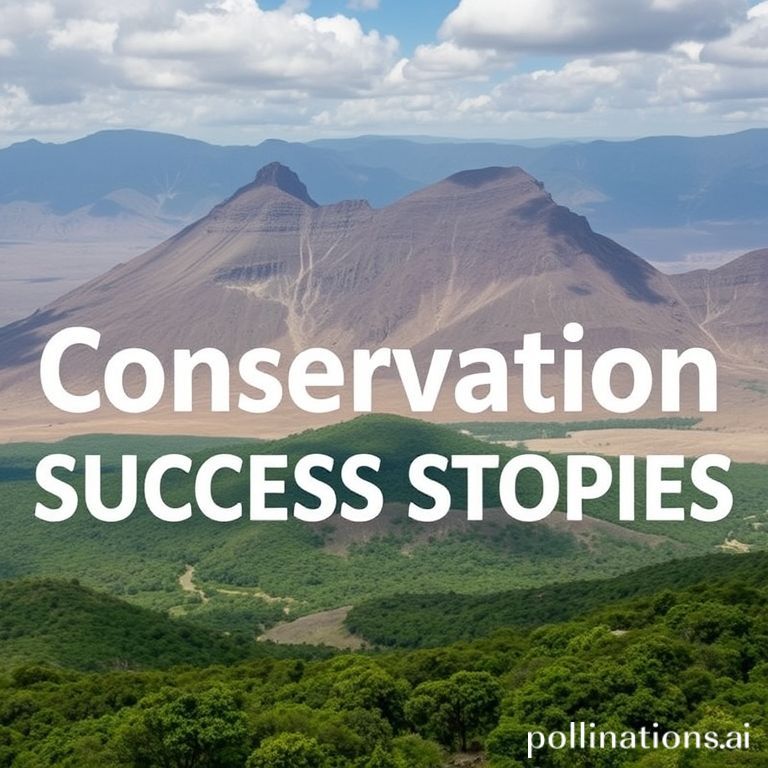Mexico, a land of vibrant biodiversity and rich cultural heritage, faces numerous environmental challenges. From deforestation to pollution, the country’s natural landscapes are under constant pressure. However, amidst these challenges, there are inspiring stories of conservation success, demonstrating the dedication and innovative approaches being implemented to protect Mexico’s precious ecosystems.
These success stories offer a beacon of hope, proving that with collaborative efforts and a deep understanding of ecological principles, it is possible to reverse environmental damage and ensure a sustainable future. Let’s explore some remarkable examples of conservation triumphs in Mexico.
Protecting the Monarch Butterfly
One of the most well-known conservation success stories in Mexico revolves around the Monarch butterfly. These iconic insects undertake an incredible migration each year, traveling thousands of miles from Canada and the United States to overwinter in the oyamel fir forests of central Mexico. The destruction of these forests due to logging and agriculture posed a significant threat to the Monarch’s survival.
Community Involvement and Reforestation
Recognizing the urgency of the situation, conservation organizations, government agencies, and local communities joined forces to protect the Monarch’s habitat. Key strategies included:
- Implementing sustainable forestry practices to reduce illegal logging.
- Reforesting degraded areas with oyamel fir trees, providing crucial overwintering habitat.
- Providing economic alternatives to local communities, such as ecotourism, to reduce their reliance on logging.
These combined efforts have resulted in a significant increase in the Monarch butterfly population in recent years, showcasing the power of collaborative conservation.
Saving the Vaquita Marina
The Vaquita marina, a small porpoise endemic to the Gulf of California, is one of the most endangered marine mammals in the world. The primary threat to the Vaquita is entanglement in illegal gillnets used to catch shrimp and totoaba, another endangered species. The situation became so dire that extinction seemed almost inevitable.
Intensive Conservation Efforts
Saving the Vaquita requires a multifaceted approach and unwavering commitment. The conservation strategies include:
- Intensifying efforts to remove illegal gillnets from the Vaquita’s habitat.
- Developing and promoting alternative fishing gear that does not endanger Vaquitas.
- Strengthening law enforcement to combat illegal fishing activities.
- Working with local communities to develop sustainable fishing practices and alternative livelihoods.
While the Vaquita still faces a critical situation, these ongoing efforts provide a glimmer of hope for its survival. Continued dedication and innovative solutions are essential to prevent its extinction.
Restoring Mangrove Ecosystems
Mangrove forests are vital coastal ecosystems that provide numerous benefits, including protecting shorelines from erosion, serving as nurseries for fish and other marine life, and sequestering large amounts of carbon. In Mexico, mangrove forests have been degraded due to coastal development, aquaculture, and pollution.
Community-Based Restoration Projects
Recognizing the importance of mangroves, various restoration projects have been implemented throughout Mexico. These projects often involve:
- Reforesting degraded areas with native mangrove species.
- Removing barriers to water flow to restore natural hydrology.
- Implementing sustainable aquaculture practices to reduce pollution.
- Engaging local communities in the restoration and monitoring of mangrove forests.
These community-based restoration projects not only help to restore mangrove ecosystems but also empower local communities to become stewards of their environment.
Conclusion
These conservation success stories in Mexico demonstrate the power of collaborative efforts, innovative solutions, and community engagement in protecting the country’s rich biodiversity. While significant challenges remain, these triumphs offer inspiration and serve as models for future conservation initiatives. By continuing to invest in conservation and fostering a sense of environmental stewardship, Mexico can ensure a sustainable future for its natural landscapes and the communities that depend on them.
If you found these stories inspiring, share this article with your friends and family to spread awareness about the importance of conservation efforts in Mexico!
IMAGE: A vibrant photograph capturing a lush mangrove forest restoration project in Yucatan, Mexico. The image should show healthy green mangrove trees with clear turquoise water reflecting the sunlight. In the background, there should be local community members actively involved in planting new mangrove seedlings, creating a sense of hope and environmental stewardship. The overall mood is positive and uplifting, showcasing the successful restoration of a vital ecosystem. The style should be realistic and documentary-like, highlighting the beauty of the natural environment and the dedication of the people involved.


